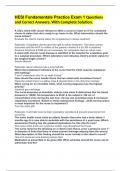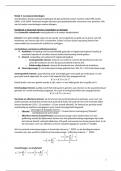Summary
Summary: Financial regulation
- Module
- Institution
Extensive summary for Financial regulation lecture 1-6 + guest lecture. Also included all the introductions/conclusions for the mandatory papers 'Market Failures and Regulatory Failures: Lessons from Past and Present Financial Crises', 'Bank capital regulation in contemporary banking theory: A revi...
[Show more]












